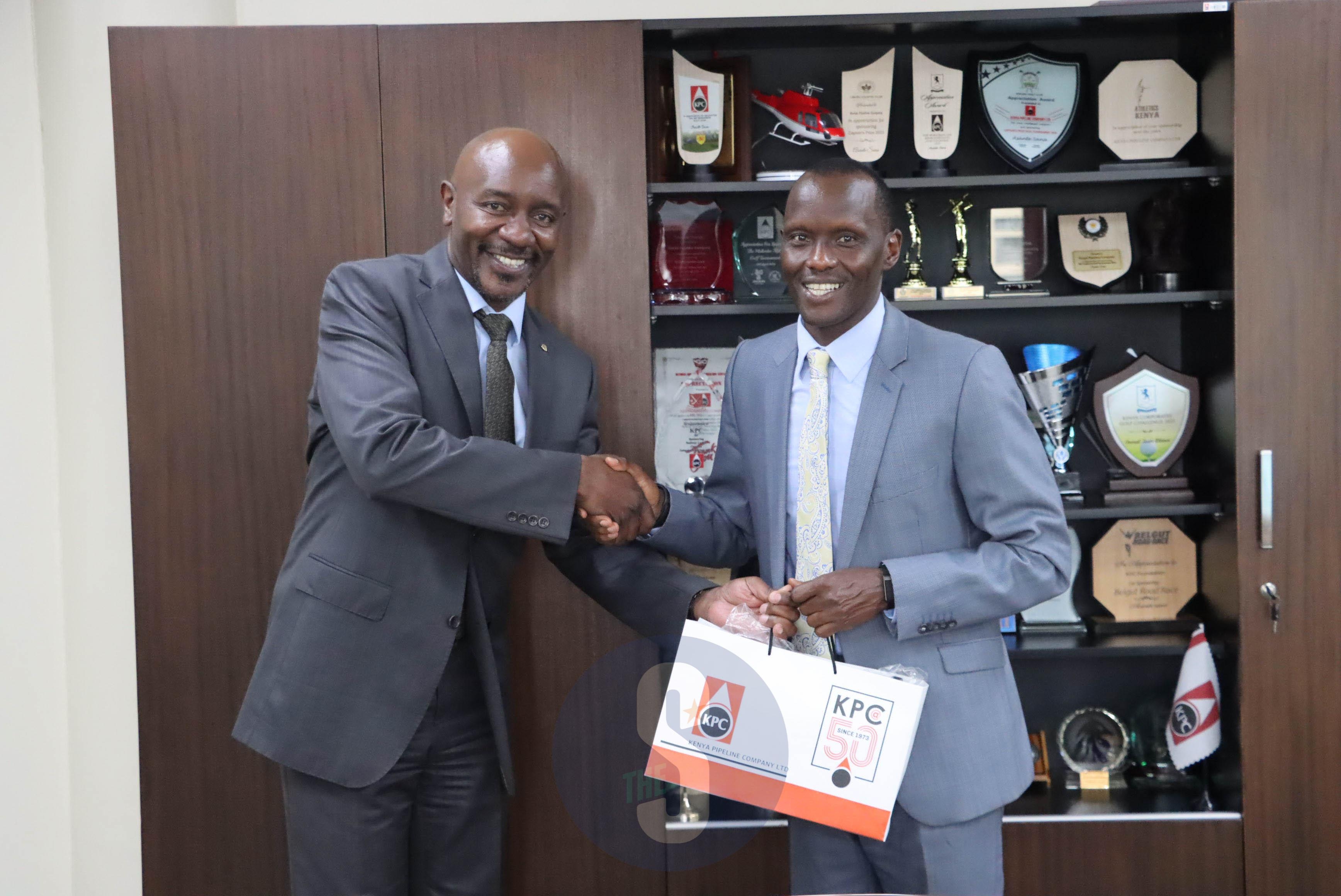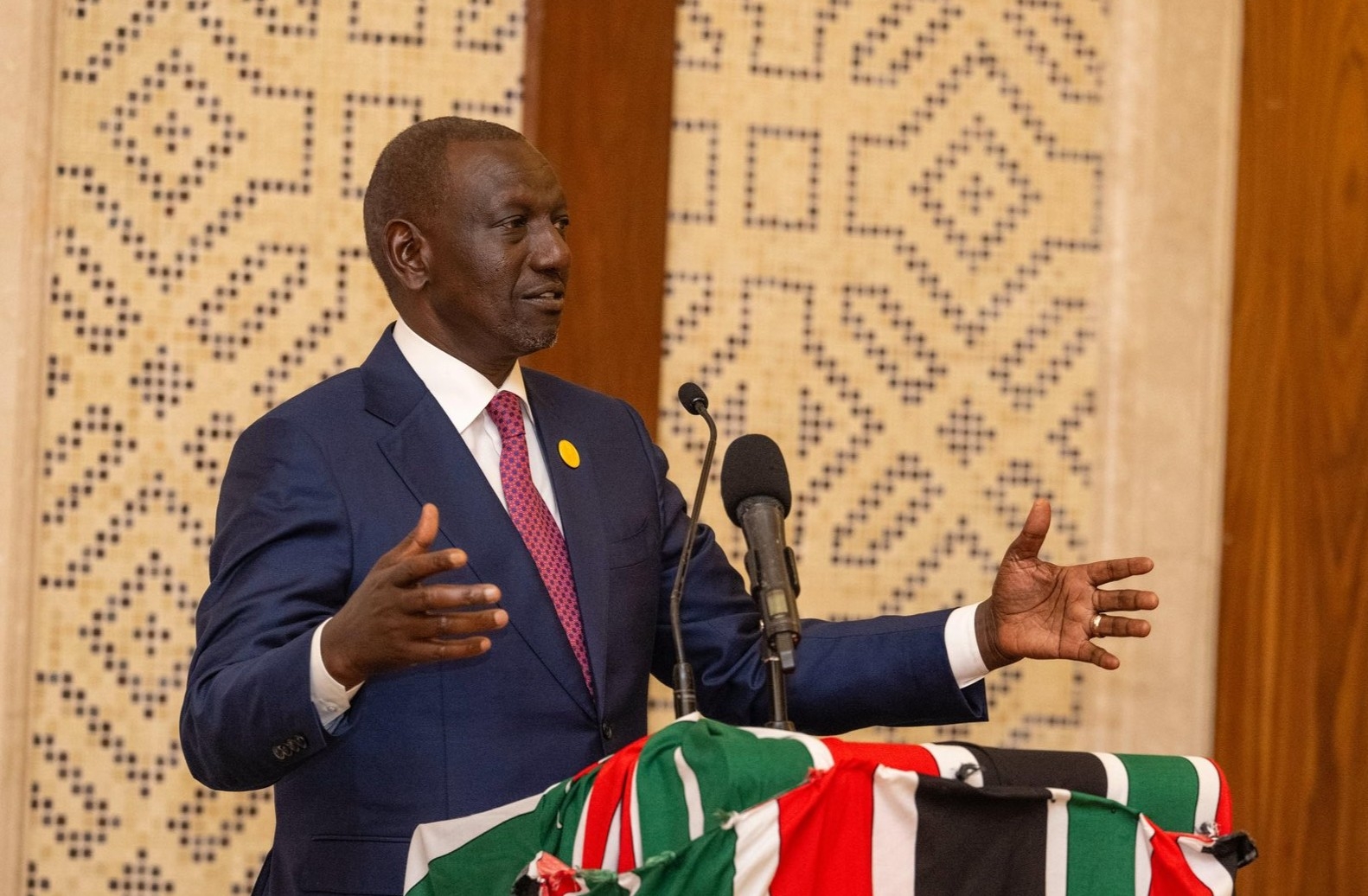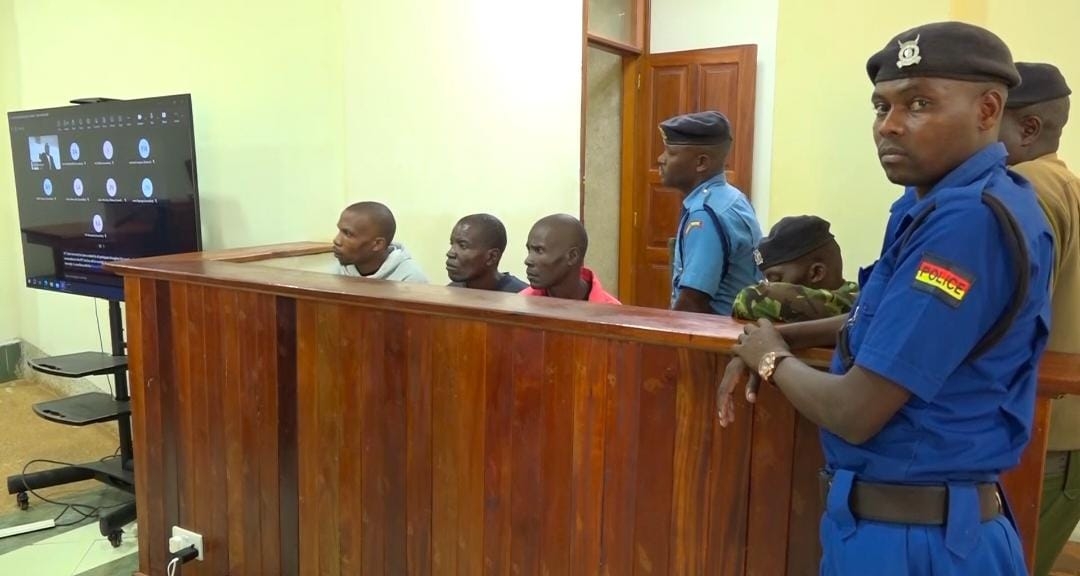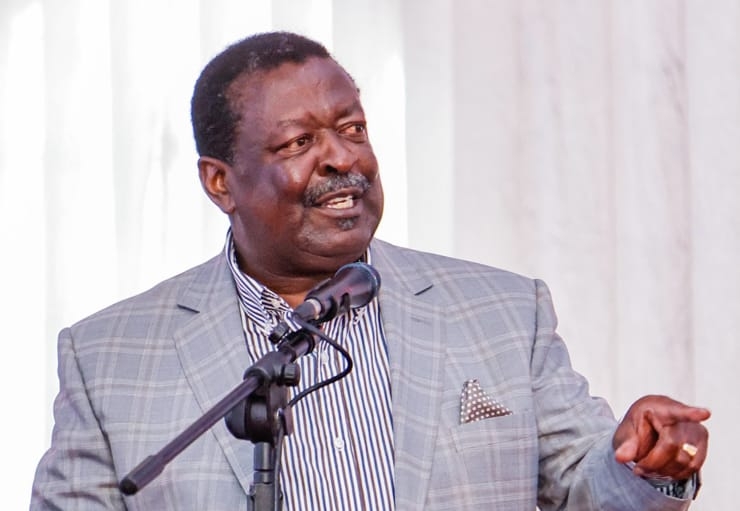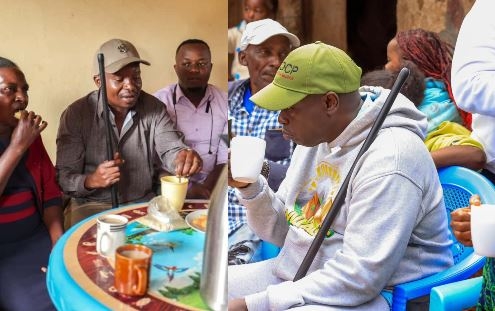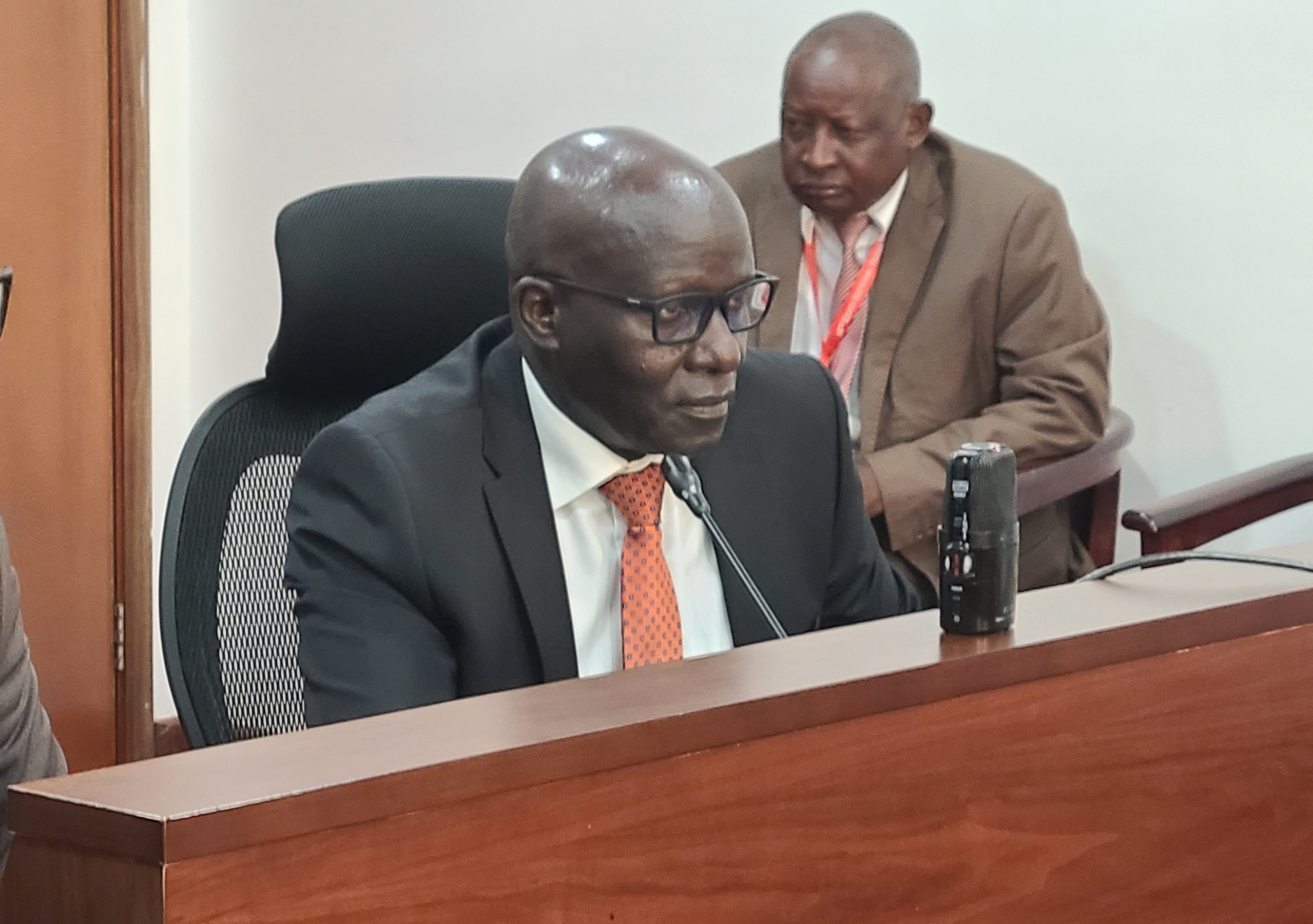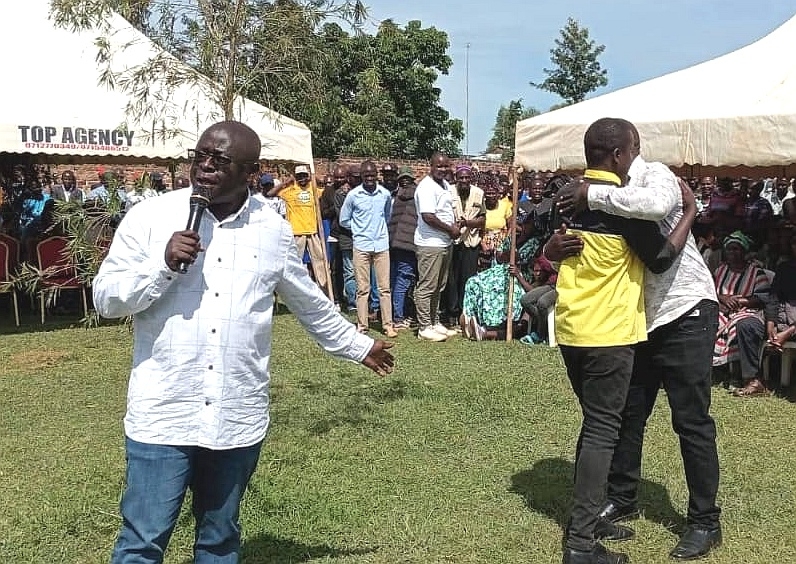History was made as Kenya conducted the first operation and treatment of a tumour using the ultra cyberknife technology.
CyberKnife treatment is a significant advancement in the field of radiation therapy, offering precise and effective treatment options for a wide range of medical conditions, especially cancer, while minimising side effects and improving the overall patient experience.
It is commonly used for the treatment of cancerous tumours including prostate, lung, brain, spine and liver cancers.
The inaugural digital procedure took place at the Kenyatta University Teaching Research and Referral Hospital (KUTRRH).
The first patient, Benjamin Muthama, who has a tumour located between the eye and nose walked out of the operation room without undergoing open surgery.
The cyberknife is the first non-invasive cancer treatment technology in Kenya and the region and the second in the continent after Egypt acquired one last year.
Muthama, a 28-year-old software engineer who was accompanied by his father Jonathan Mutunga, expressed his relief after safely coming out of the 30-minute treatment without having to spend extra time in a ward as is the case with conventional operations.
The patient whose tumour is non-cancerous said he has waited for the moment since 2021 and the family was even considering going to India for the treatment.
“We were planning to travel to India to seek specialised treatment but we are glad that there is an equipment at KU hospital, which is able to treat my ailment with utmost accuracy and precision,” Muthama said.
The treatment was carried out by a team including oncologists, medical physicists and radiotherapists.
Hospital board chairperson Prof Olive Mugenda said the occasion was not only historic but marks a huge stride in the institution's efforts to help actualise the country's Universal Health Coverage goals.
Prof Mugenda said the move to invest in the cyberknife was to decrease outbound medical tourism and increase inbound medical tourism.
“This process which took five months after the launch by the President included dry run, and the collection of very delicate data to ensure that the machine processes were accurate and ready to deliver precise and successful treatment to our patients," she said.
"The commencement of the treatment also marks a key milestone for Kenya, the region and Africa in general as the services are now available without having to travel outside Kenya or outside Africa for the regional patients.”
She said the cost of treatment will cost between Sh300,000 and Sh350,000, adding that it will be fully covered by NHIF.
"We are excited at the commencement of this procedure at a public institution which is fully covered by the NHIF at an affordable cost," Prof Mugenda said after leading other board members in witnessing the historical event via a screen.
“We are also engaging other insurance companies to meet the cost of treatment,” she said.
Mugenda said the cyberknife will be able to treat at least 10 patients in a day and so far about 100 are on the waiting list.
Dr Tracy Irura, an oncologist at KUTRRH, said the precision treatment machine with up to 1 millimetre accuracy will be able to treat a minimum of 300 patients in the first year.
“Cyberknife uses a combination of advanced imaging and robotics to deliver highly precise and targeted radiation therapy. It can track the movement of tumours in realtime, adjusting the radiation beams accordingly. This precision is crucial in treating tumours located near critical structures or in delicate areas of the body,” she said.
Ruth Wambui, a radiation therapist and cyberknife centre manager from KUTRRH, said cyberknife treatment is delivered in three to six outpatient sessions compared to traditional radiation therapy which requires 20 to 30 sessions to complete treatment.
“The precision and accuracy of cyberKnife treatment can lead to better treatment outcomes, including higher rates of tumour control and increased survival rates for some cancers,” she said.
Elie Jabbour, an expert from Accury who are the manufacturers of the cyberknife, said the company will be giving support to local medics through training.
He said cyberknife, a robotic machine which treats from 6,000 angles hits the tumour from different sides and is so far the best in the market.
Cyberknife is also used in treatment of non-cancerous conditions including trigeminal neuralgia. CyberKnife can also be used to treat certain functional disorders, such as epilepsy, by targeting specific brain areas responsible for seizures.
“CyberKnife can be used for stereotactic radiosurgery and stereotactic body radiation therapy, which are highly focused and precise forms of radiation therapy used for various conditions,” Prof Mugenda said.






